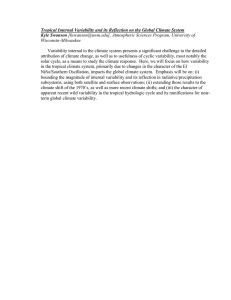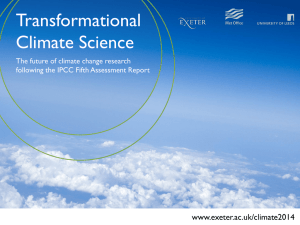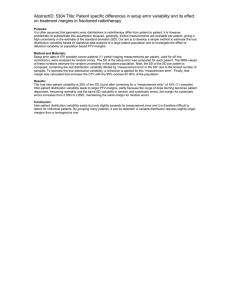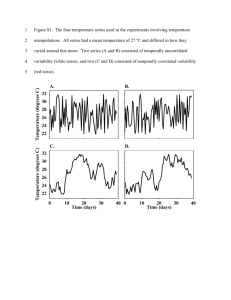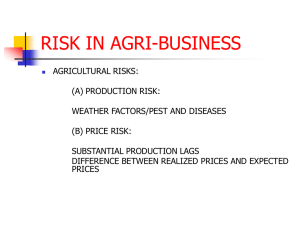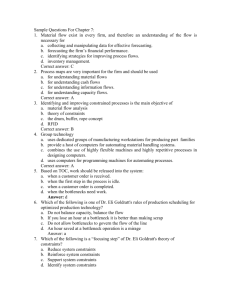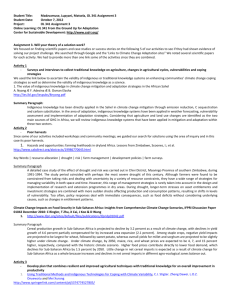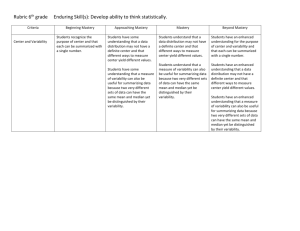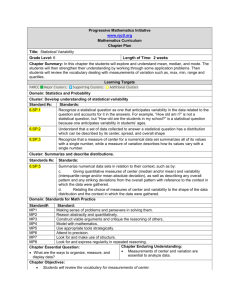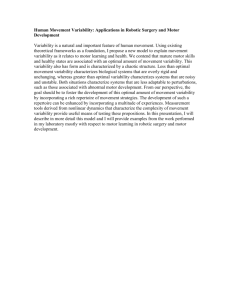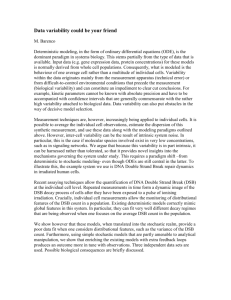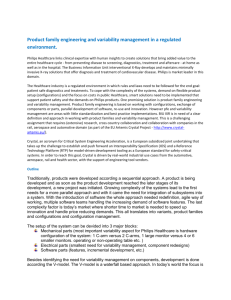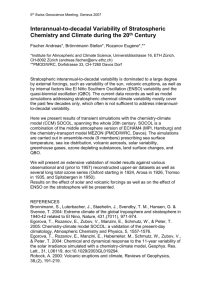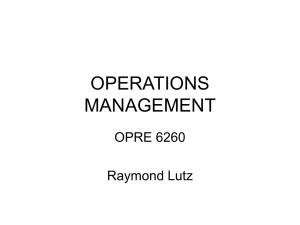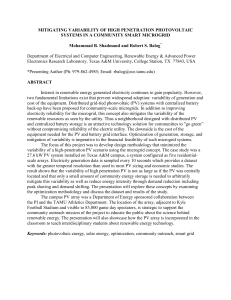Coping better with current climatic variability in the rain
advertisement
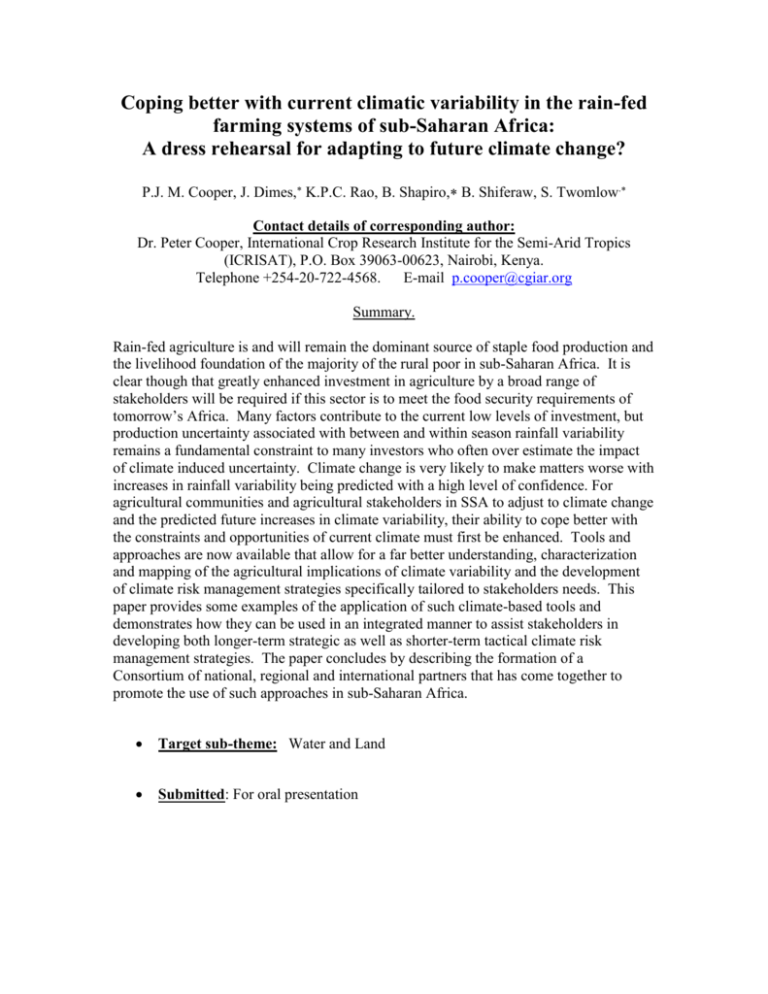
Coping better with current climatic variability in the rain-fed farming systems of sub-Saharan Africa: A dress rehearsal for adapting to future climate change? P.J. M. Cooper, J. Dimes, K.P.C. Rao, B. Shapiro, B. Shiferaw, S. Twomlow. Contact details of corresponding author: Dr. Peter Cooper, International Crop Research Institute for the Semi-Arid Tropics (ICRISAT), P.O. Box 39063-00623, Nairobi, Kenya. Telephone +254-20-722-4568. E-mail p.cooper@cgiar.org Summary. Rain-fed agriculture is and will remain the dominant source of staple food production and the livelihood foundation of the majority of the rural poor in sub-Saharan Africa. It is clear though that greatly enhanced investment in agriculture by a broad range of stakeholders will be required if this sector is to meet the food security requirements of tomorrow’s Africa. Many factors contribute to the current low levels of investment, but production uncertainty associated with between and within season rainfall variability remains a fundamental constraint to many investors who often over estimate the impact of climate induced uncertainty. Climate change is very likely to make matters worse with increases in rainfall variability being predicted with a high level of confidence. For agricultural communities and agricultural stakeholders in SSA to adjust to climate change and the predicted future increases in climate variability, their ability to cope better with the constraints and opportunities of current climate must first be enhanced. Tools and approaches are now available that allow for a far better understanding, characterization and mapping of the agricultural implications of climate variability and the development of climate risk management strategies specifically tailored to stakeholders needs. This paper provides some examples of the application of such climate-based tools and demonstrates how they can be used in an integrated manner to assist stakeholders in developing both longer-term strategic as well as shorter-term tactical climate risk management strategies. The paper concludes by describing the formation of a Consortium of national, regional and international partners that has come together to promote the use of such approaches in sub-Saharan Africa. Target sub-theme: Water and Land Submitted: For oral presentation


